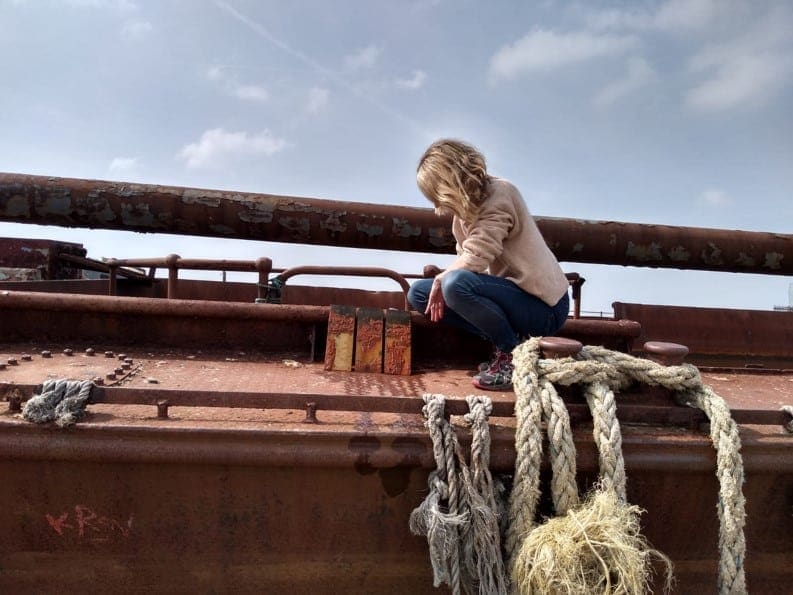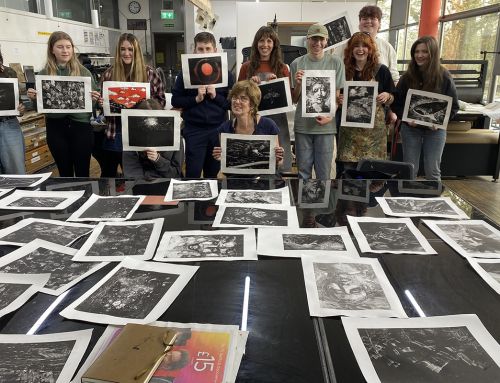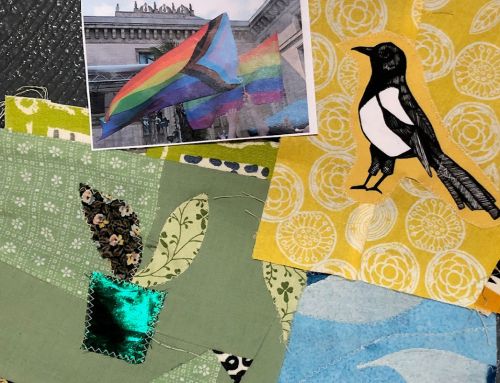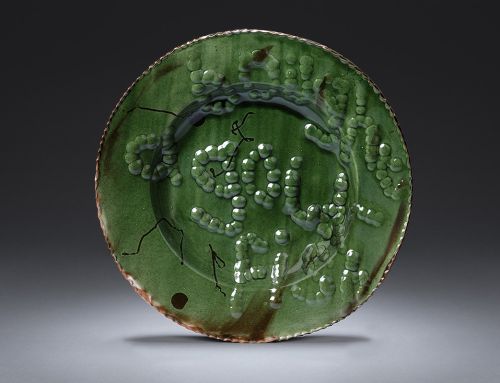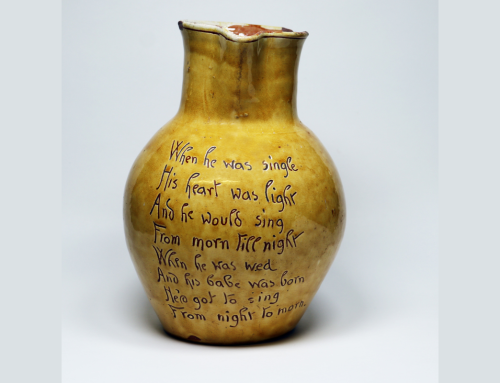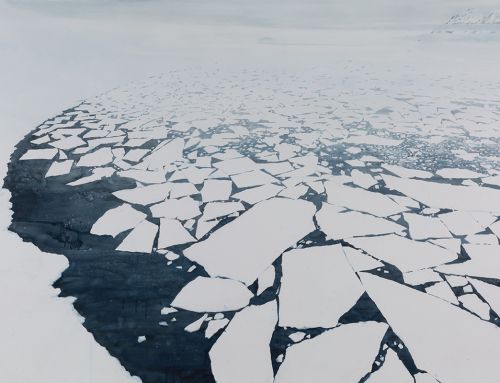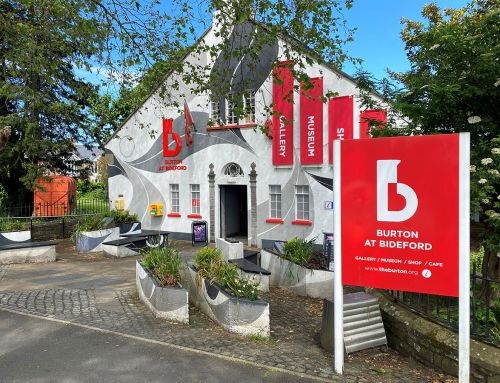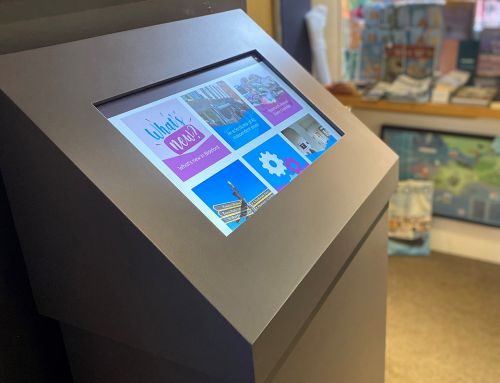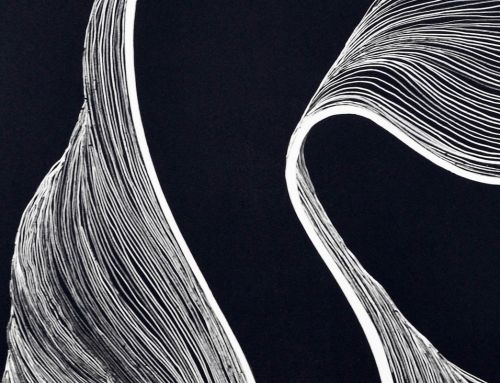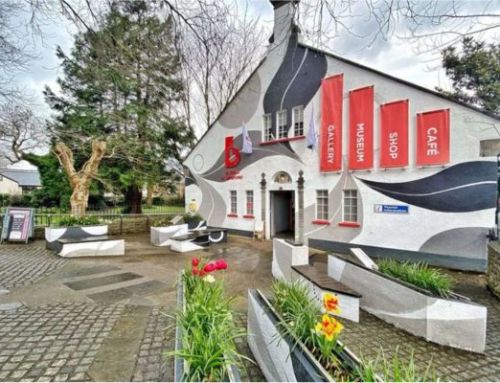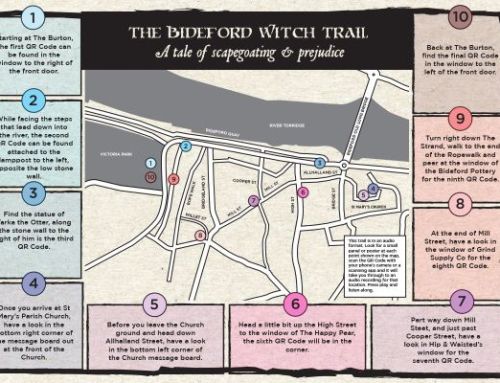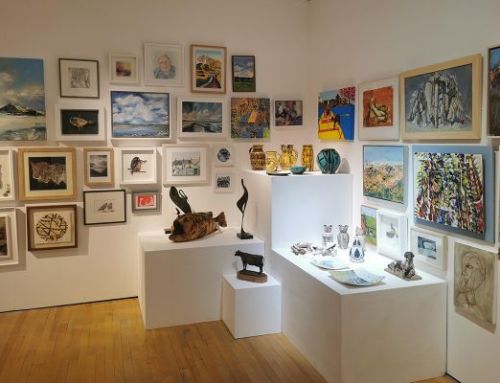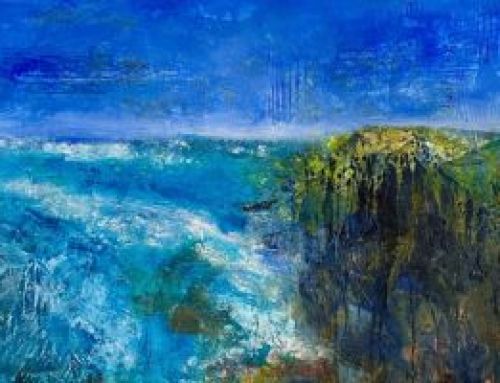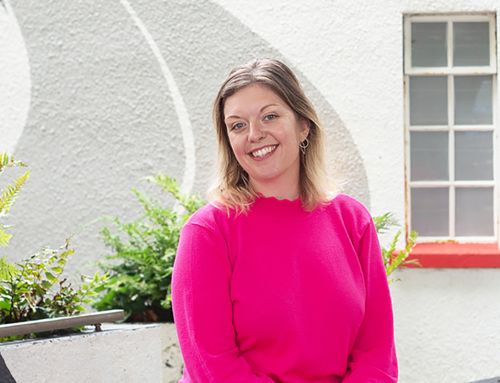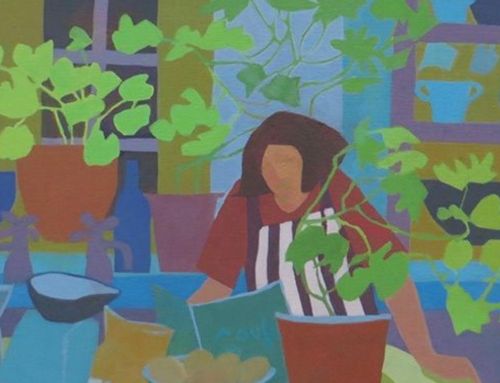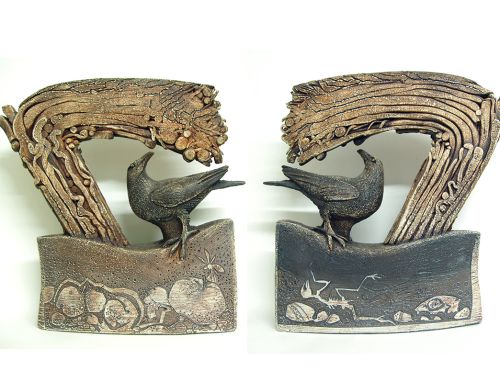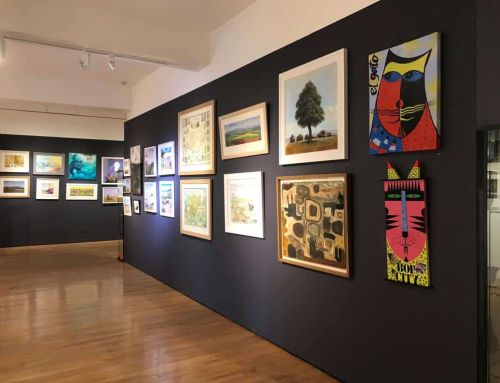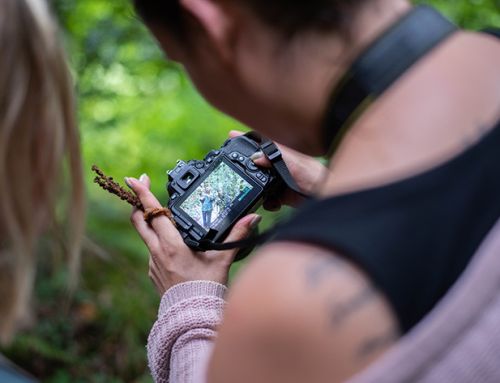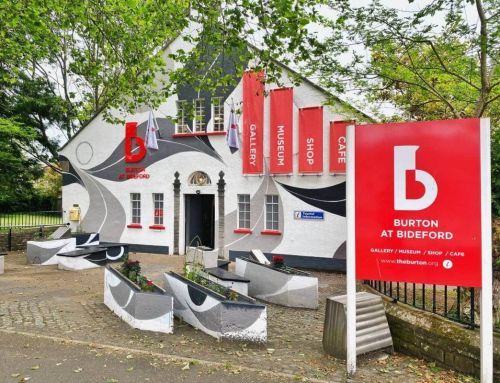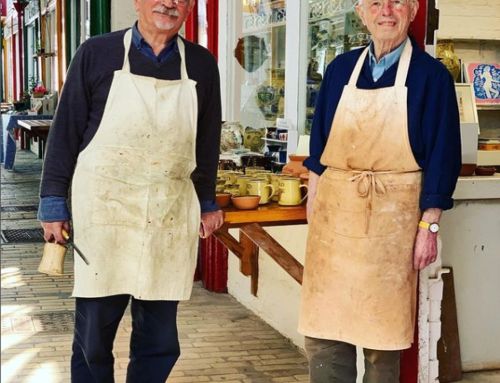Burton at Bideford announces artist commission
The Burton at Bideford recently launched an exciting new artist commission project. Working in collaboration with Mitchell & Dickinson, sponsors of the first year, we’re very pleased to announce the appointment of Lydia Halcrow.
Lydia Halcrow makes work in North Devon and the commission will be a response to climate change.
The Burton’s initiative is sponsored by Mitchell & Dickinson who provide insulation for period properties with the aim of reducing individuals’ carbon footprint. The company is also based in Bideford.
Principal of the Burton at Bideford Ian Danby says:
‘We had a tremendous response to the commission, which highlights the many and varied creative talents of the vibrant artist locally. Lydia’s work is both beautiful and thought provoking – a personal journey along the estuary.’
Lydia whose main work is made in response to walks along the Taw and Torridge Estuaries. Using walking as a way to allow the slow observation of this place, and to make a connection with the textures and materials that are unique to it. Work to date has been made with collected materials from the walks, from Rust, Clay and Bideford Black, to collected plastics that wash up daily with the tides. For the commission Lydia is proposing to undertake a series of walks along the Taw and Torridge Estuaries, collecting washed up plastics as she goes whilst measuring her trace on the ground using adapted walking boots. Which will result in a record of collected plastics in the form of photo etchings and a series of drypoint prints in Bideford Black printed together on one panel as a record of the series of walks
Mitchell and Dickinson MD Mukti Mitchell says ’Reducing our carbon footprint is hugely important and the reason that we create our elegant insulation solutions for period properties. Lydia’s plan to use slow observation and walks through our beautiful estuary landscape as part of her process feels very fitting. We’re thrilled to be involved in the commission and look forward to seeing the artwork.’

